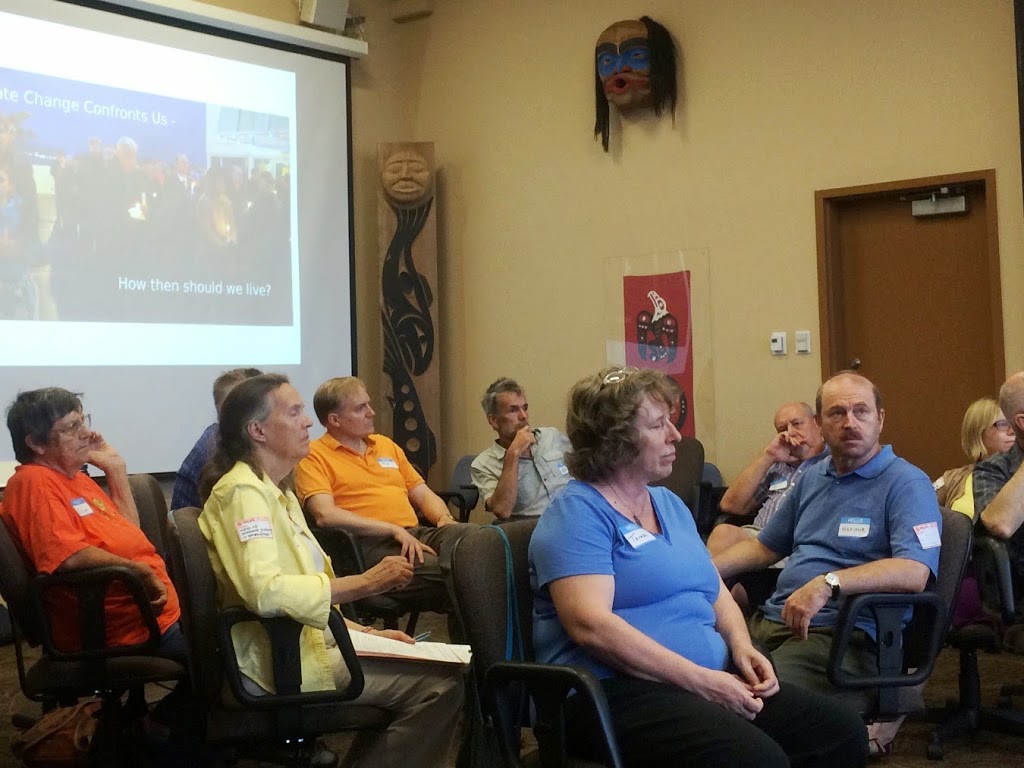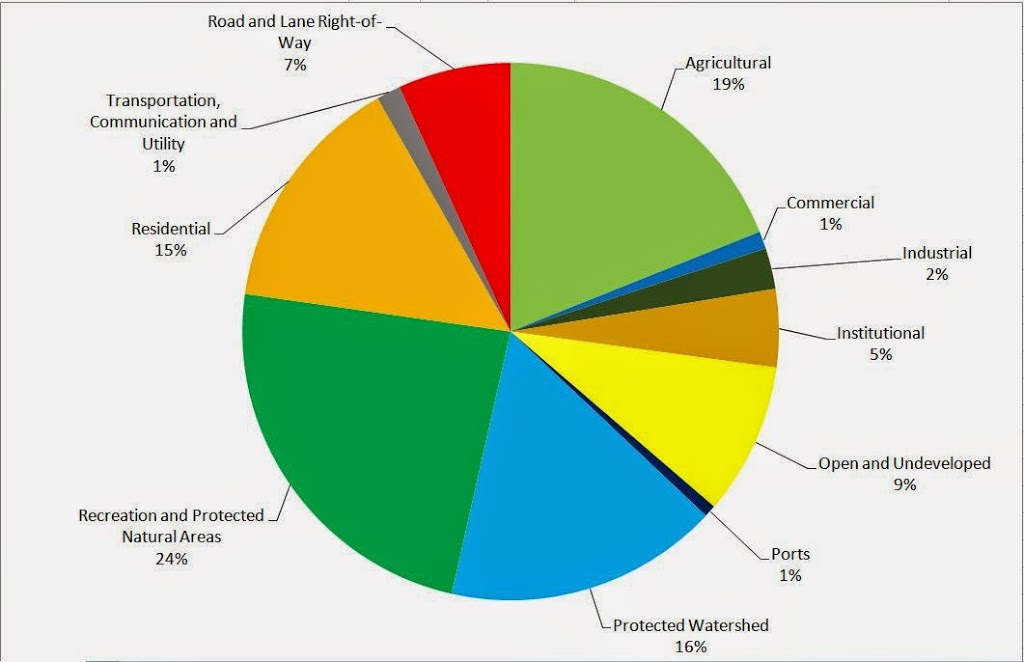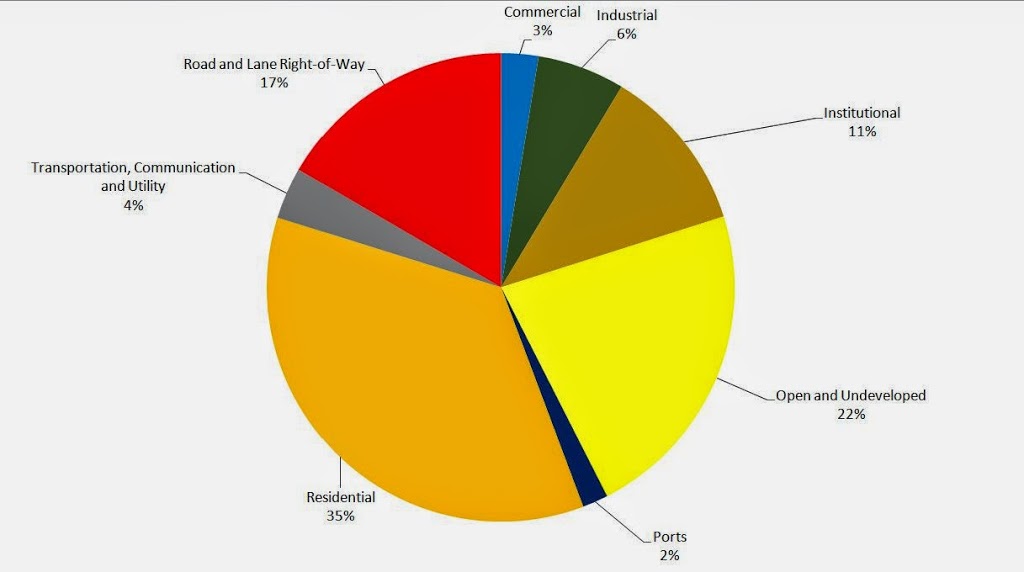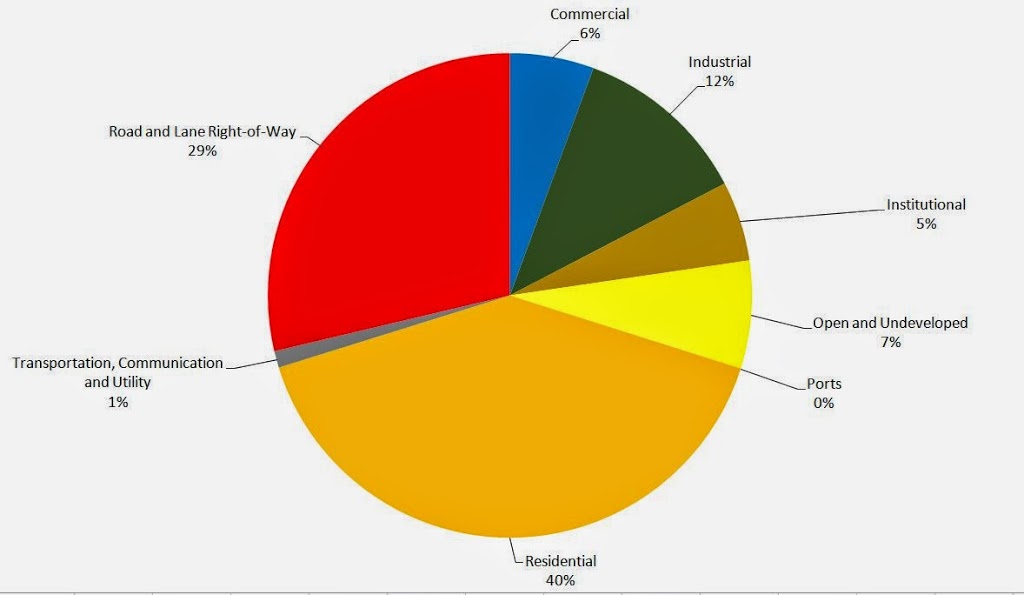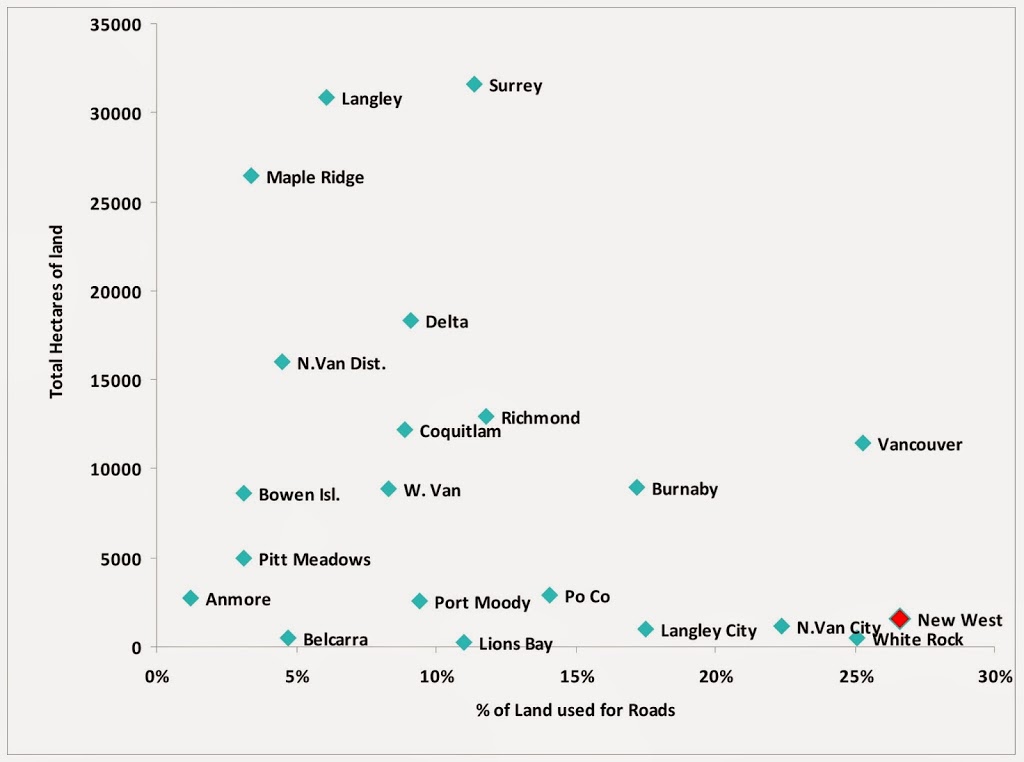You know, I hate to dig at TransLink. They are getting beaten up enough by the likes of Jordan Bateman and John Winter and Todd Stone that they don’t need actual public transit advocates like me running them down.
I recognize that most of their problems are the result of a near-impossible mandate from a Provincial government not interested in providing the secure funding to support that mandate, accentuated by the occasional random Minister of Transportation decision that take a another big chunk out of their budget for no reason but to give the Minister a speaking point or a ribbon to cut. Examples? The Golden Ears Bridge; Universal U-Pass; Faregates.
It may ultimately be this untenable funding situation that is causing all of this euphemistically-named “Service Optimization” that I am currently going to complain about. At least TransLink should have the guts to call it what it is: Service cuts. These creeping reductions of service impact already-poorly-serviced areas, and further erode the ability to earn fare revenue by making the choice of using Transit less viable for more and more users. TransLink must know this is a terrible course to be on, why are they sugar-coating it?
We in New West are fortunate to have exceptional Public Transit accessibility relative to many parts of the Lower Mainland. We have more Skytrain stations per capita than anyone else, and the majority of our populace lives only a few minutes from a transit stop of relatively high reliability. For this reason, New Westminster residents lead the region in transit use per capita. Build it, and they will come.
But what do they do when you take it away again?
A previous round of service cuts severely limited transit access in New Westminster’s fastest growing neighbourhoods in Queensborough, and the important community centres in the neighbourhood are starting to speak out. This round, we see the C9 service reduce to once per hour in “off-peak times”. With not a sniff of local public consultation. There is essentially no mention of New Westminster in the document I just linked to, which is a report on the public feedback to the reduction in service. Near as I can tell, they didn’t even come to New Westminster to talk to us about it – and their office is here! Their entire feedback on the cutting of service in New Westminster? “Some concern in selected communities”.
For people in our City – people I know personally – the C9 is their only reasonable transit access. They do not live out in the distant suburbs of Langley or South Delta that TransLink can hardly , they live in a dense (formerly) transit friendly neighbourhood in the centre of a bustling urban centre, in a City with huge transit use. Their only access to Transit becomes a once-per-hour service, which by any measure no longer makes it a reliable, useful, or accessible service.
For reasons that should be obvious to everyone, I’m talking to a lot of people in New Westminster these days about the “big issues” they have around local governance. Traffic is #1. Few people on the doorstep admit they understand the problem, and what the solutions are. I know I don’t have an easy solution, and can’t promise one. But this – cutting bus service in the middle of a busy transit-friendly dense urban area to the point where it is no longer a useful service – is clearly NOT the solution to our traffic problems, and may well increase them.
I hate, Hate, HATE this idea of a referendum to decide if we are going to securely fund out transit system, but if that is the only pathway towards ending these cuts and building the service to support our growing population, then we need to line up to vote Yes and get this system building again.



